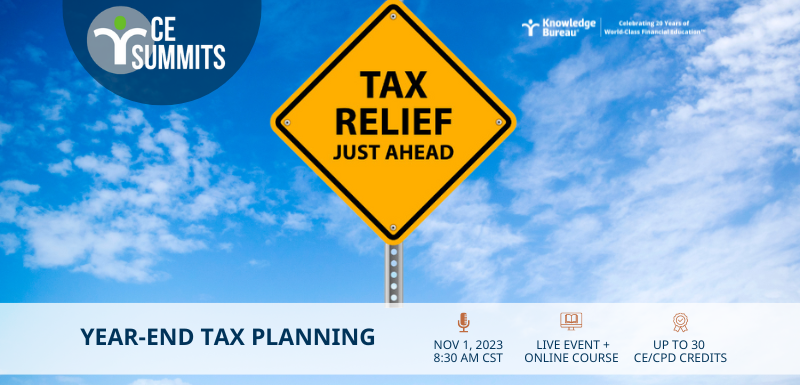Last updated: October 04 2023
Millennials and Bankruptcy

Evelyn Jacks
The Millennials, children of Boomers and GenX, parents of the Alpha Gen, are the fastest growing population in Canada, at 33.2%, and are part of the cohort that is the median age in Canada in 2023: 41 years. A recent study found millennials were 1.4 times more likely to file for insolvency than Gen X aged 42 to 56, and 1.7 times more likely than baby boomers aged 57 to 76. Insolvent millennials were on average 33 years old and owed an average of $47,283 in unsecured debt. They need financial planning help, especially to understand their continued access to refundable benefits.
The Canada Child Benefit (CCB) will continue to be received in bankruptcy. On October 26, 2020, the Office of the Superintendent of Bankruptcy clarified that under subsection 122.61(4) of the Income Tax Act, the CCB:
- shall not be subject to the operation of any law relating to bankruptcy or insolvency;
- cannot be assigned, charged, attached or given as security;
- does not qualify as a refund of tax for the purposes of the Tax Rebate Discounting Act;
- cannot be retained by way of deduction or set-off under the Financial Administration Act; and
- is not garnishable moneys for the purposes of the Family Orders and Agreements Enforcement Assistance Act.
CCB payments are also not to be included as “property of a bankrupt divisible among his creditors” or “total income” of the household for the purposes of administering the Bankruptcy Act.
The GST/HST Credit is treated differently. Paragraph 67(1)(b.1) of the Bankrupcy and Insolvency Act states that this refundable credit is not divisible among creditors if a dividend is available to the creditors without taking this into account. But, where no dividend is available to the creditors, only that portion of the GST/HST credit payments required to cover the trustee’s fees and  disbursements is withheld. The excess portion must be returned to the bankrupt.
disbursements is withheld. The excess portion must be returned to the bankrupt.
The Climate Action Incentive Payment (CAIP) is again treated differently. Prior to July 2022, this was a refundable tax credit claimed in the T1 return. After this it became a quarterly payment sent directly to individuals. Residents of Newfoundland and Labrador, Nova Scotia and Prince Edward Island began receiving it in July of 2023.
Interestingly, the CAIP is considered to be the property of the bankrupt under paragraph 67(1)(c) of the Bankruptcy and Insolvency Act for the year of bankruptcy or a prior year, and even though the CAIP is based on the number of household members, the entire amount vests with the trustee as property of the bankrupt.
Also, any CAIP calculated on post-bankruptcy years will become “surplus income payments” which are the portion of a bankrupt's total income (from all sources) that exceed what’s necessary to maintain a reasonable standard of living.
Make a Difference: Prior to the pandemic, Canadian millennials had higher incomes and assets than young Gen-Xers at the same age, largely due to real estate ownership. But they also had more debt - their debt to after-tax income levels surpassed 200%. Some were pushed into bankruptcy with CERB repayment requirements. Helping them understand what happens to income and assets in bankruptcy, and especially the tax consequences can help avoid more negative surprises down the line. This co-hort is ripe for discussions about preserving their income and their wealth.
Next time: What assets are threatened with bankruptcy?
Stay up to date on change with EverGreen Explanatory Notes – a critical research tool pre- and post-tax season. It’s part of Knowledge Bureau’s Tax Tip Toolkit.
CBC Report March 2023 on 2022 Joe Debtor study which examined 2,700 personal insolvencies filed in Ontario; 49 per cent were filed by millennials aged 26 to 41, even though they make up 27 per cent of adult Canadians.
https://www150.statcan.gc.ca/n1/pub/11-626-x/11-626-x2019006-eng.htm
